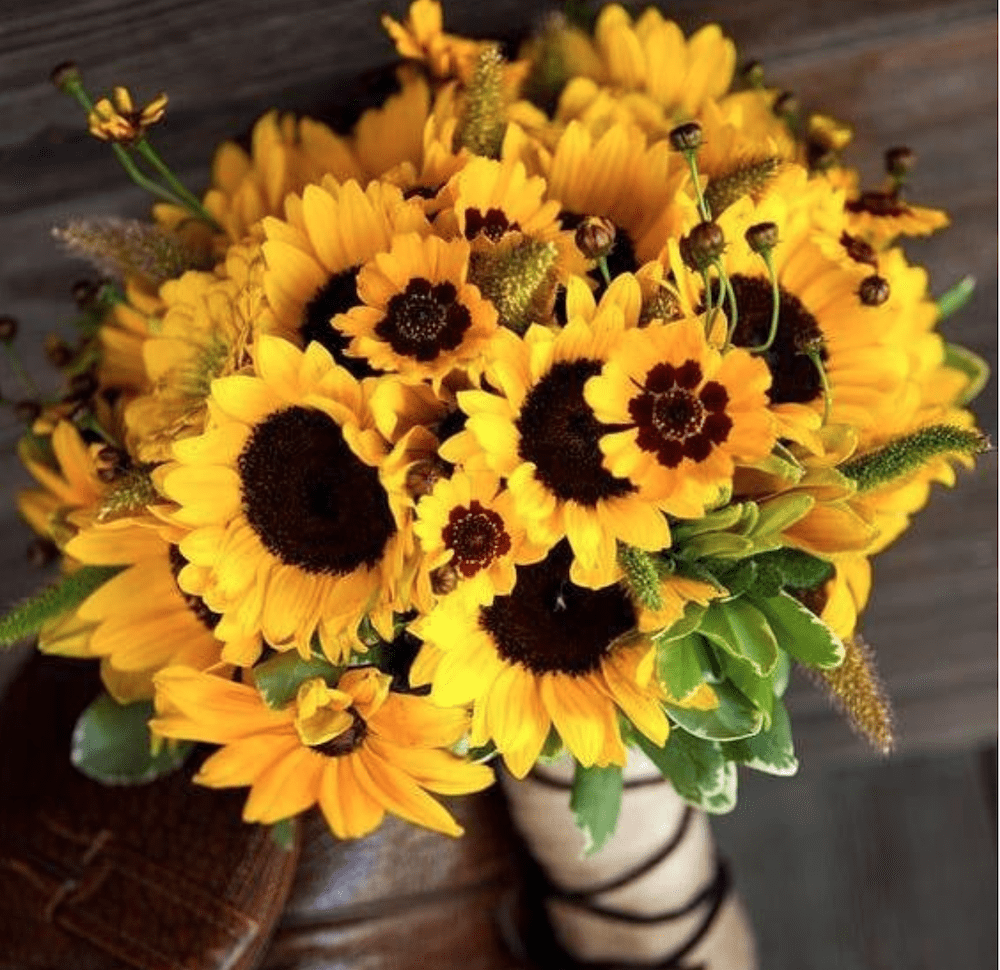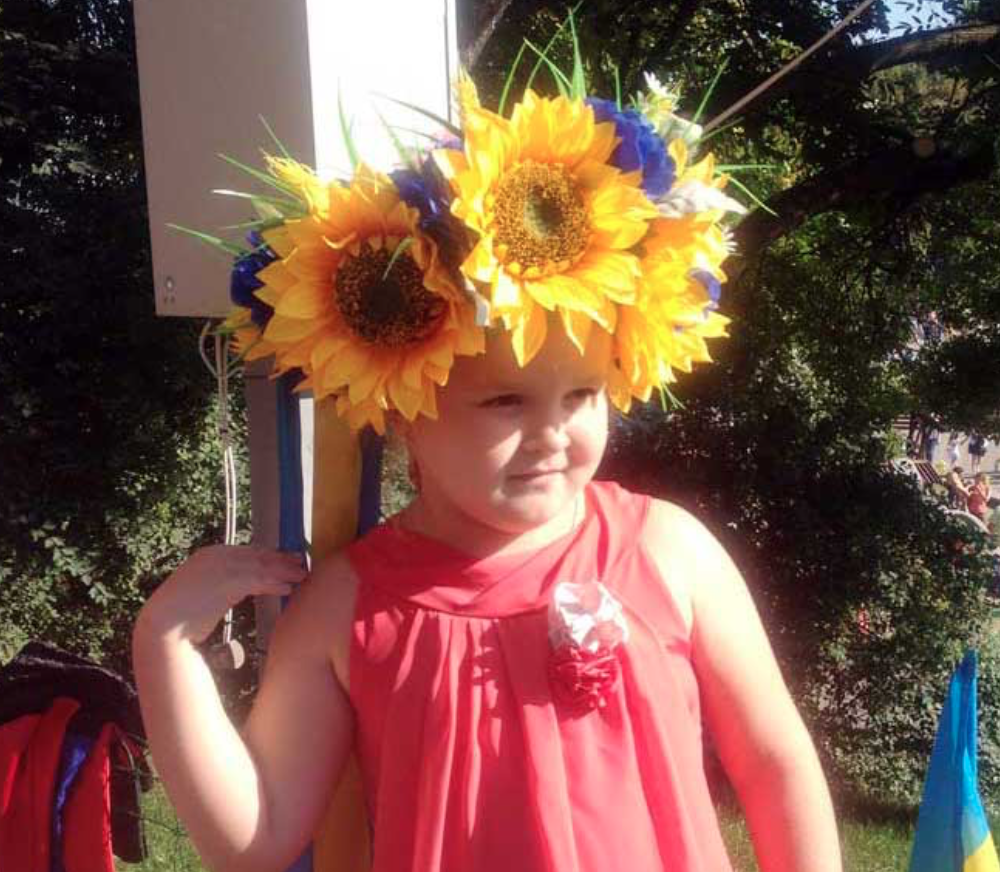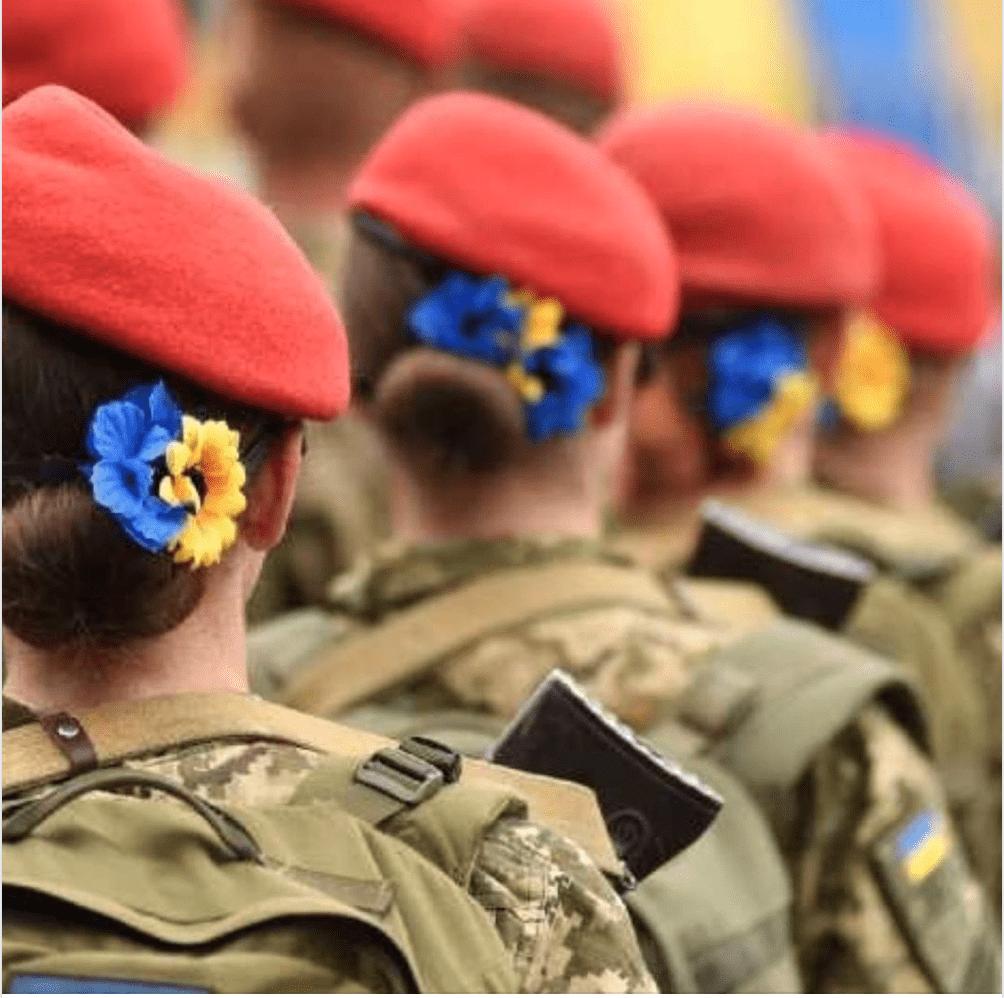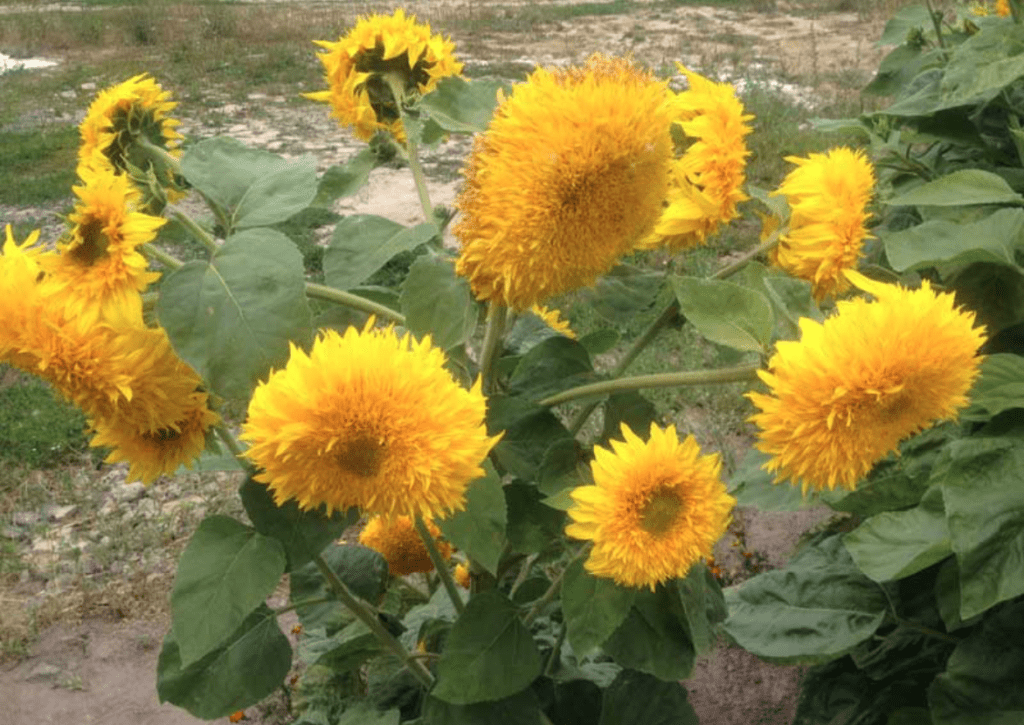The Sunflower Ties Us All to the Ukrainian People and Peace
By Jill Brooke

It says something about a culture when their national flower is the sunflower. Ukraine is also the world’s largest producer and exporter of sunflower seeds and sunflower oil.
Turns out that because of the Orthodox Church restricting butter during lent, sunflower oil took off in the 1800s when the flower seeds were imported from North America, as did a love of this flower. Soon there were big fields of sunflowers all over Ukraine.
Explains Luba Rudenko, “You see sunflowers in the yards of village houses, they are woven into wreaths (venki) for girls to wear at celebrations. They’re embroidered on fabrics and painted on walls, wooden furniture, and household items in a folk art called petrykivka.”
This is how we are tied together through a flower. North America to Ukraine.
As Helen Keller said, “Keep your face to the sunshine and you cannot see the shadows. It’s what the sunflowers do.”

In what will be a historic moment, a flower has been a messenger for peace – as it often is – when a woman, confronted by a heavily-armed Russian soldier, offered him sunflower seeds — so that they might bloom when he dies. She is being hailed as a hero.
Then there were those images of Ukrainian female soldiers lined up for battle to defend their country and values. As is tradition, the women put flowers in their hair consisting of the national flower of a sunflower paired with a blue flower – since the flag is blue and yellow. It is yet another example in history of how flowers are symbolic and relevant.

At the Olympics, sunflowers were used in the bouquets to show resilience. Parents of children who died in the wake of the tsunami subsequently went to Miyagi to plant sunflowers in memory of the innocent lives lost. Sunflowers were planted in their memory even though the region is best known for roses. As we’ve reported, the darkness in the middle of the flower represents sadness and the bright yellow petals the possibility for happiness.
A lesser-known fact about sunflowers is that they are symbols of nuclear disarmament.
When the Soviet Union broke apart in 1991, the new nation of Ukraine held the third-largest arsenal of nuclear weapons. In 1996, Ukraine committed to total nuclear disarmament reflecting their character. To honor the occasion, representatives from the U.S., Ukraine, and Russia planted sunflowers in the locations where there had previously been nuclear missile silos.
Turns out that not only are sunflowers satellite dishes for optimism and happiness, but they also can absorb radioactive isotopes from the environment. In fact, sunflowers have been planted at both the Chernobyl and Fukushima nuclear disaster sites because they help to remove radioactive toxins from the environment.
As we know, since ancient times, flowers have not only been a source of comfort but also quietly teach lessons about the cycles as well as the fragility of life. The poppy became a military symbol because after Napolean razed Europe, and so many had died without proper burials, red poppies grew mysteriously over the land giving people hope for the future. The same phenomenon happened during World War I which created the famous Flanders poem as well as the further layering of the poppy to become a military remembrance and symbol around the world.
Now, when I look at sunflowers today, and in the future, I will think of the Ukrainian people. And a hope for peace.

Jill Brooke is a former CNN correspondent, Post columnist and editor-in-chief of Avenue and Travel Savvy magazine. She is an author and the editorial director of FPD and floral editor for aspire design and home magazine and contributor to Florists Review magazine.
